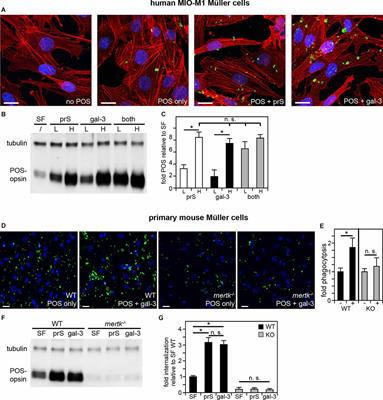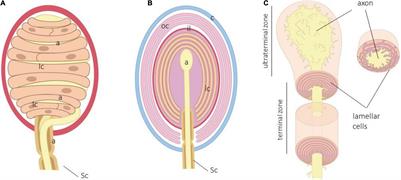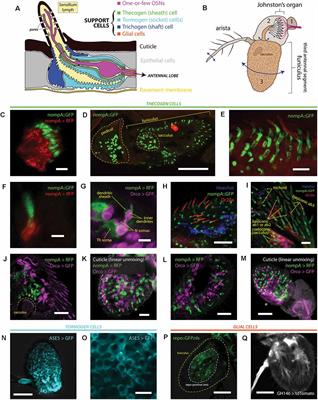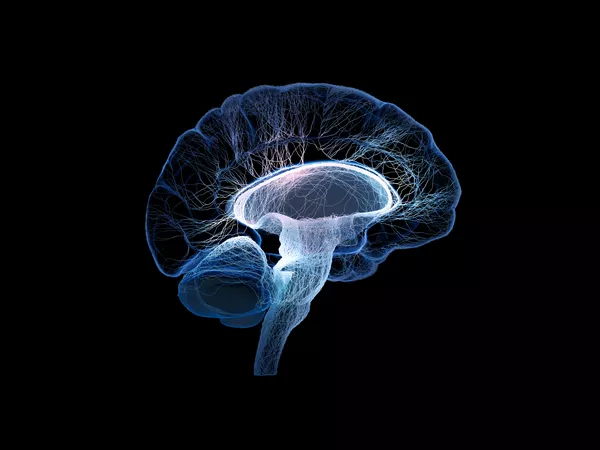EDITORIAL
Published on 30 Jun 2022
Editorial: Accessory Cells of Sensory Systems and Their Functional Roles
doi 10.3389/fnins.2022.965580
- 1,382 views
5,059
Total downloads
35k
Total views and downloads
EDITORIAL
Published on 30 Jun 2022
ORIGINAL RESEARCH
Published on 31 May 2022

ORIGINAL RESEARCH
Published on 12 Apr 2022

SYSTEMATIC REVIEW
Published on 09 Mar 2022

ORIGINAL RESEARCH
Published on 07 Jan 2022

